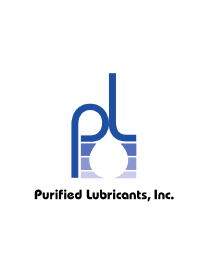Many maintenance departments today “fight fires” instead of approaching their problems systematically. Prevention is a far better goal than trying to solve problems as they arise. While this strategy may be a little costly at first, it is not nearly as expensive as allowing problems to occur.





